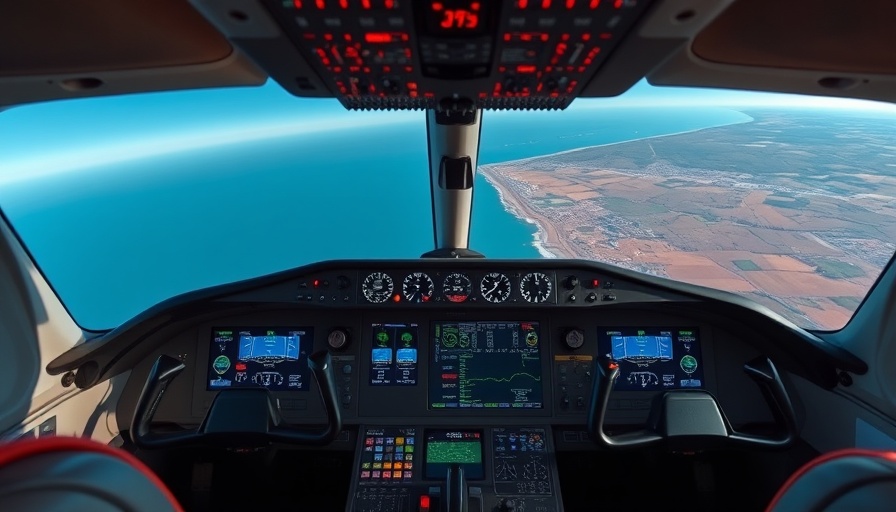
Understanding Aeronautical Decision Making: ILS vs. RNAV
When flying, pilots often face the critical decision of choosing between an Instrument Landing System (ILS) and a Required Navigation Performance (RNAV) approach. Both have their advantages, and the choice can significantly impact the flight experience. Understanding the differences is essential for new and experienced pilots alike, especially as technology in aviation continues to evolve and improve.
What Are ILS and RNAV Approaches?
The ILS relies on ground-based radio signals to guide aircraft during approach and landing, providing precise lateral and vertical guidance. However, one notable drawback is its reliance on physical equipment. For instance, weather conditions, such as heavy snowfall, can disrupt signal clarity, leading to dangerous situations, as seen in the 2019 CommutAir Flight 4933 incident.
In contrast, RNAV primarily uses GPS technology, offering a flexible alternative for pilots. With RNAV, pilots can navigate without the necessity for ground-based signals, thus avoiding some issues present with ILS. There’s no need to switch navigation displays, which lessens the risk of autopilot issues. Many pilots prefer RNAV for its straightforward interface and reliability, especially when properly equipped, such as with systems like the Garmin G1000.
The Tradeoffs: Choosing the Best Approach
While each method has its benefits, the choice isn’t always straightforward. While RNAV approaches eliminate the need for switching navigation displays, certain scenarios still necessitate an ILS approach. For example, during an emergency or when flying into busy airports like Chicago O’Hare, having an ILS pre-loaded can be crucial. Learning when to use each approach is a part of developing a robust aeronautical decision-making (ADM) process.
Real-World Experience: What Pilots Say
Max Trescott, an experienced flight instructor, shares that preferences can stem from personal experiences and situations. In challenging weather or busy airspace, he often reaches for the ILS, while RNAV offers significant benefits during routine navigation and approach. As he notes in training sessions, successful piloting hinges on understanding equipment capabilities and limitations.
Educational Insights: Start Your Journey
For aspiring pilots, the first step is learning to fly. Understanding the nuances of equipment like the Garmin G1000 and the ILS provides a strong foundation for safe flying. Many flight schools now integrate simulator technology, allowing students to practice decision-making in various simulated scenarios, which enhances skills and situational awareness.
Conclusion: It Depends!
Ultimately, both RNAV and ILS have their place in aviation. As technology advances, pilots’ training and approaches to aeronautical decision-making must adapt. By understanding the strengths and weaknesses of each approach, pilots can make informed decisions that ensure safety and efficiency.
Ready to take to the skies? Start your journey today by finding a local flight school and begin training to learn to fly!
 Add Row
Add Row  Add
Add 




Write A Comment